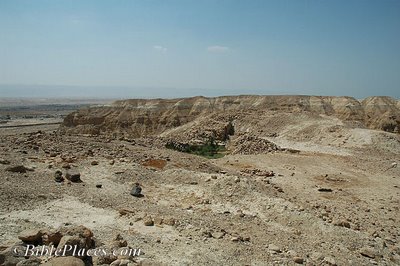The “Holyland Hotel model” of Jerusalem is close to opening at its new location at the Israel Musuem, according to the JPost. Three items not mentioned in previous news releases:
1. Entrance to the model will be included with payment for entrance to the museum. That’s not ideal for student groups who need to go to the model at the beginning of their program and to the museum at the end.
2. The Holyland Hotel gave the model to the museum.
3. The model will open on June 12. That’s a week or two too late for the hoards of tourists here now. Are there any evangelicals from Texas not in Israel this month??
